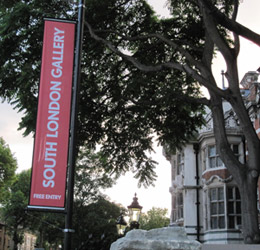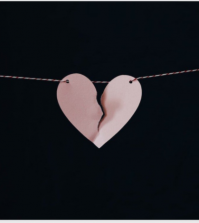- Finding Unshakable Power in a World That Wants to Pull Us ApartPosted 6 months ago
- What could a Donald Trump presidency mean for abortion rights?Posted 6 months ago
- Financial Empowerment: The Game-Changer for Women in Relationships and BeyondPosted 7 months ago
- Mental Health and Wellbeing Tips During and After PregnancyPosted 7 months ago
- Fall Renewal: Step outside your Comfort Zone & Experience Vibrant ChangePosted 7 months ago
- Women Entrepreneurs Need Support SystemsPosted 7 months ago
women can't paint? the underrepresentation of women in art

An audit of more than 100 commercial galleries in London found that only 5% of galleries represent an equal number of male and female artists, according to The Guardian. Although this may not be a a surprise to those inside the art industry (especially women who struggle to have their art represented or respected) but for those who believe that we are moving strongly in the direction of gender equality, it is a rude awakening. The facts seem contradictory in a society where female leaders have dominated the political landscape much more than in North America.
The Guardian goes on to say, “East London Fawcett’s (ELF) art audit also found that not a single woman appeared on the top 100 auction performances list in 2012. The audit which looked at works from April 2012 – April 2013 gathered data on 134 commercial galleries in London, which collectively represent 3,163 artists. Of this total, just 31% of the represented artists were women, with 78% of the galleries representing more men than women.”
And, most disappointing of all, of the top 100 auction sales (ranked by price) none of the artists were women . . .not a single piece. All were considered “great” or “genius” – and all were men.
In all too related news, the Independant reports the outspoken opinions of one of Europe’s pre-eminent post-war artists, Germany’s Georg Baselitz:
“Women cannot paint well, despite making up the majority of art students,” says Baselitz, adding they “simply don’t pass the market test, the value test. As always, the market is right.”
While Baselitz conceded there were exceptions, pointing to Agnes Martin, Cecily Brown and Rosemarie Trockel, after praising Paula Modersohn-Becker he added that “she is no Picasso, no Modigliani and no Gauguin”.
Attitudes like this may just be the biggest indicator of what lies under the art world — a male-dominant subculture that is slow to evolve. Although the galleries can certainly make a shift in the number of women they represent, the fact remains that the art market is driven by that which is desired. As art lovers, the culture would need to shift to valuing those pieces created by females if galleries are to dedicate the space to their work. And this happens one customer, one purchase at a time.
by Editor, Natalie Hughes
Sources: www.theguardian.co.uk, www.independant.co.uk






